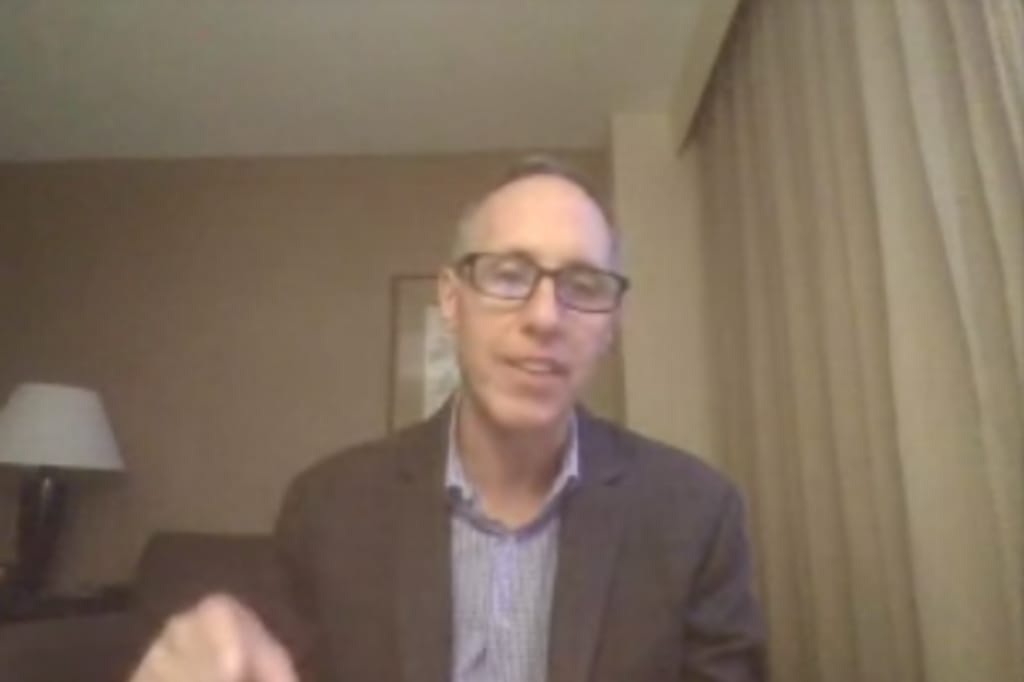Nation’s Most Accurate Broadband Map Will Come from FCC Challenge Process: NTCA
‘Using the right information at the right time, we’re going to get to a better place.’
David B. McGarry

WASHINGTON, September 22, 2022 – The Federal Communications Commission’s mechanism for challenging the agency’s mapping data will likely enable the creation of the nation’s most accurate broadband map to date, said Michael Romano, executive vice president for rural broadband trade association NTCA.
“The fact that we had all these funding mechanisms coming at the same time when they were required to use the maps, required in some ways the plane to be built as it was being flown,” said Romano at a Fiber Broadband Association web event Wednesday.
“But as long as folks are faithful about using discipline, about using the right information at the right time, we’re going to get to a better place,” he added.
The FCC’s “fabric” – a location-level dataset that shows where connectivity is and is lacking – is not yet public, although the agency provided a preliminary version to state and local governments, providers, and other entities. These entities can issue challenges to the fabric – which started on September 12 – which the FCC said will be accepted on a rolling basis. The FCC says it expects to release its new maps in November.
Romano said he recognized the difficulties presented by the FCC’s Congress-mandated approach, including, he said, extended timetables, opaque data-gathering processes, and outright errors. However, he said, ongoing challenges – issued from a multitude of stakeholders – will over time be an effective corrective to the inevitable inaccuracies of the FCC’s initial map.
States also have their own challenge processes, said Romano, which will provide another opportunity to correct mistakes on the FCC’s map. “The states are going to be the final sanity check on should we really be giving money in these areas,” he said.
Criticisms of the FCC’s mapping methods
Many industry players have recently criticized the FCC’s mapping process. Jonathan Chambers, partner at telecom Conexon, previously stated that the fabric’s data is highly inaccurate, and has criticized the FCC and its partner CostQuest’s alleged secrecy during the fabric-making process.
In recent months, internet service providers were required to report to the FCC all serviceable locations covered by their networks, reports that will be cross referenced with the fabric’s data.
A survey of ISPs conducted by Rick Yuzzi, marketing VP for Zcorum, pointed to the same conclusion, and more than fifty percent of respondents said their biggest challenge in the reporting process was either matching location addresses with the fabric’s dataset or outright FCC error.
Scott Wallsten, president and senior fellow at the Technology Policy Institute, wrote this summer that Congress made a relatively high amount of error inevitable by requiring granular location-level mapping in the Broadband DATA Act – a position he reiterated at Wednesday’s Broadband Breakfast Live Online event Wednesday.
Wallsten, like Romano, however, argued that the challenge process will eventually correct many of the errors in the current fabric.










Member discussion